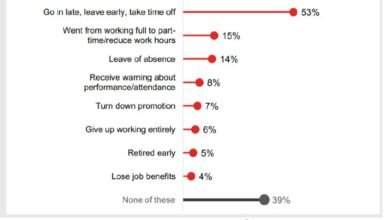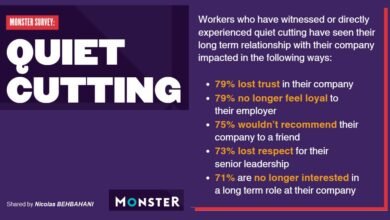
Source | www.hifives.in |
It is well known that digital employee recognition programs can drive much higher level of employee engagement and motivation as compared to traditional offline recognition systems. Despite the benefits of digitizing employee recognition, several organizations still have misconceptions about Employee Recognition Platforms.
In this article, we look at the common misconceptions about Employee Recognition Platforms, and the truth behind them:
| MISCONCEPTIONS | TRUTHS |
| Misconception #1: Employees are happy with the existing programs
Organizations often feel hesitant in replacing their traditional and long-running offline programs with a new recognition platform. They feel that such a drastic change might disturb the ongoing programs and might even be met with resistance from the employees. |
Truth #1: Most employees today want digital programs
Millennials and Gen Z employees are a growing segment of the workforce. They are digitally savvy, having been exposed to internet, mobile devices, and applications from a very young age. They expect a similar level of digital experience even at their workplace, including the organization’s employee recognition programs. They are unlikely to be happy with the existing offline programs and equally unlikely to participate in them. |
| Misconception #2: Employee Recognition Platforms are too expensive
A common perception in organizations is that a decent recognition platform requires a major financial investment. Moreover, organizations also need to invest in training their HR teams in using the platform efficiently, which can add to the overall expenses of implementing such platforms. Organizations fear that an expensive employee recognition program might eat into their overall program budget and leave little in form of employee rewards. |
Truth #2: Affordable SaaS Solutions are available in the market
Cloud-based recognition platforms operate on a Software-as-a-Service (SaaS) model and hence do not require any upfront investment. These platforms have flexible pricing plans that are based on the actual features and functionalities used and the number of active users. With a bit of research, organizations can easily find a platform that fits their budgets. They can also opt for a monthly subscription plan that works on a pay-as-you-go model, making it very affordable. |






